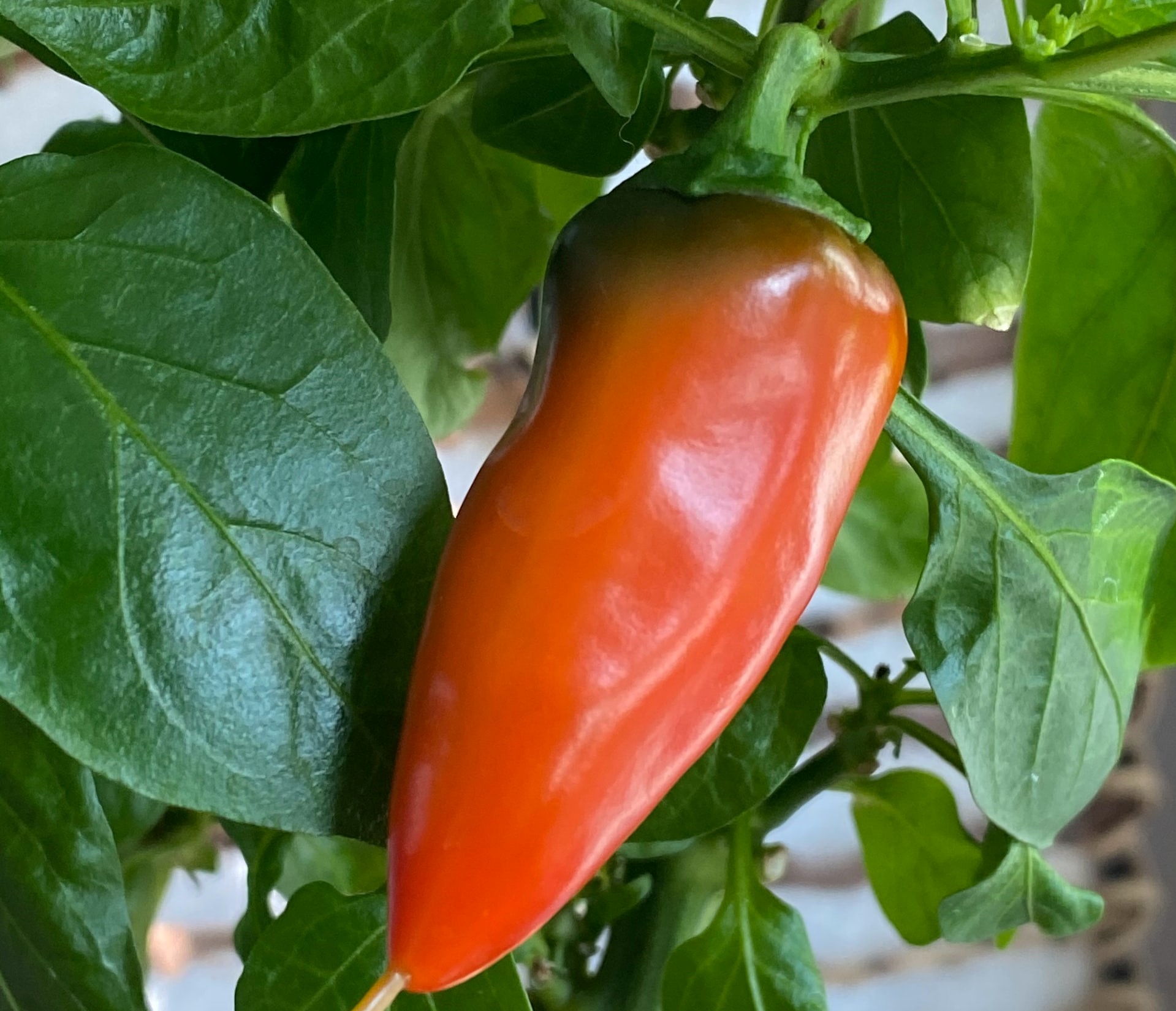With adequate basic soil preparation and fertilization, and after the soil is prepared for planting, as described in previous articles, planting peppers begins as soon as weather conditions allow.
Pepper planting is carried out when average daily air temperatures rise above 15°C, but it is also necessary to ensure that the risk of late spring frosts has passed. At lower temperatures, root growth is inhibited, making it difficult for plants to establish themselves, which in turn hinders normal growth and development. Plants exposed to unfavorable temperatures after planting recover slowly and with difficulty.
Planting can be done on a flat surface or raised beds. The planting method and density depend on the cultivar and the potential harvest period. Determinate and semi-determinate cultivars, which complete their growth with secondary and tertiary branches (harvested over a shorter period), are planted more densely, while indeterminate cultivars, with fewer plants per unit area, yield satisfactory results.
The spacing between rows should be 50 – 60 cm, and within rows, around 40 cm for more vigorous cultivars (resulting in a density of 40,000 – 50,000 plants/ha). For less vigorous cultivars, the spacing within rows should be 15 – 25 cm (80,000 – 130,000 plants/ha).
During planting, the soil must be saturated with water to 80% of field capacity at a depth of 15 – 20 cm. The seedling should be buried in the soil up to the edge of the substrate clump.













































